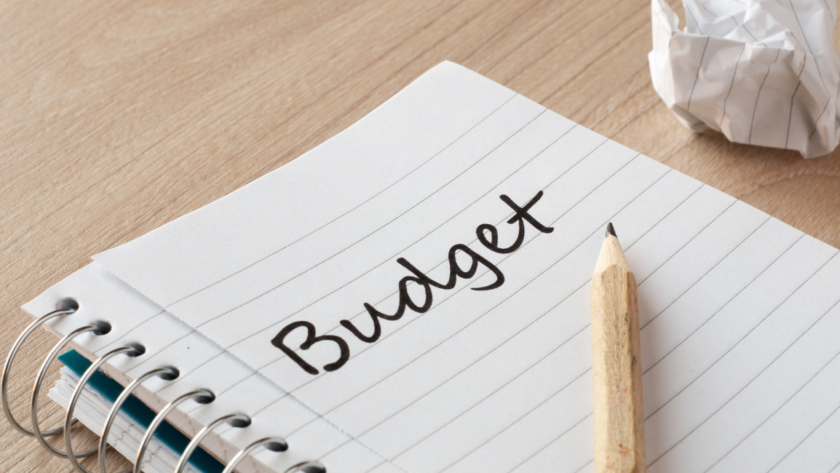Budgeting.
A word that struck fear in my financially struggling soul. I had this image of people eating cold beans three times a day and turning down all invites of anything closely related to fun because of that word – budget.
A lot of my fear of budgeting stemmed from my unwillingness to know and face my actual numbers. I had that “ostrich mentality” when it came to my finances (you know, head stuck in the sand and yes, I know they don’t actually do that!) and if I didn’t acknowledge it, then the growing debt number wasn’t all that real. Spoiler alert – that doesn’t work.
I knew awareness had to be my first step so when I decided to get serious about my budgeting journey, I took four simple steps to help me build awareness of how my money was being spent.
Step One:
Know your monthly income. This sounds pretty simple, right? Not necessarily. When it comes to understanding your monthly income, be sure to include income from all streams, including salary, side hustles, interest earned, or other miscellaneous earning. If your income is fixed, it can be simple but if your income is variable or irregular and changes from month to month, it can be a bit more difficult. Understanding your monthly income is the foundation of creating a budget and it’s an essential first step.
Tip: If your income is variable or irregular, decide on an average income to allocate to your budget. Any amount earned in a month can provide a buffer for months where the income level earned dips below the designated average income. Doing this will create an average income level to work with in your monthly budget.
Step Two:
Know your fixed and variable expenses. Fixed expenses are expenses that are set; these expenses generally do not vary from month to month and may include mortgage/rent, vehicle payments, or insurance costs. Variable expenses are expenses that can change; these expenses generally do vary from month to month and may include utility bills or groceries.
Tip: If some of your variable expenses swing pretty wildy (like electric bills in the summer) reach out to the company to see if they offer a budget plan. This type of plan will allow you to pay the same amount each month and can help even out the swings.
Step Three:
Know your quarterly or annual expenses. These expenses don’t occur monthly but can cause a big impact on your budget. These expenses could include property taxes or annual dues/fees.
TIp: Make sure you include smaller annual fees like Amazon Prime, etc.
Step Four:
Know your discretionary spending – this may be the painful part (it definitely was for me!). When completing this step, you should review your checking account, credit card statements, and cash receipts for any discretionary spending that you currently do. It can be helpful to go back at least three months to get a good feel for the average discretionary spending and include anything that is not included in the expense categories above like eating out, entertainment, etc.
Tip: When reviewing your bank and credit card statements, use several different color highlighters to easily distinguish between income, fixed and variable expenses, and discretionary spending.
Acknowledging your numbers and understanding these four items will help you build a workable budget.
In the next Breaking into Budgeting series, we will talk about the various budgeting methods and how each one may work for you!
Thanks for reading!
-Whitney







